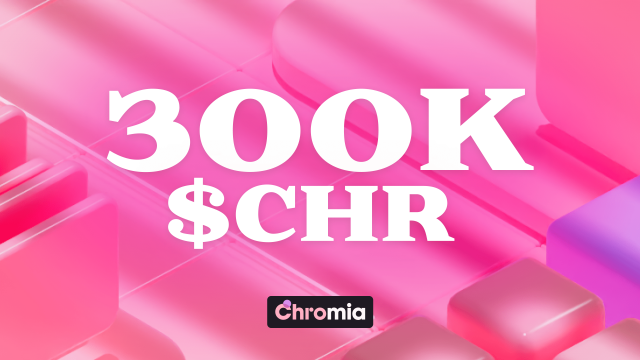
Today, with the rapid development of blockchain technology, the use of tokens has become an indispensable part. Compared with traditional blockchain platforms such as Ethereum, Chromia provides new thinking for the development and operation of decentralized applications (dapps) through its unique token mechanism and incentive model. This article will delve into the application of CHR tokens in Chromia, the fee model, and its impact on users and developers.
Tokens and Incentive Mechanisms
In Chromia, the main function of the CHR token is to compensate block producing nodes, which is similar to the purpose of the token in Ethereum. Users of Ethereum pay transaction fees directly, while in Chromia fees are paid by decentralized applications (dapps). This design allows dapps to flexibly manage fees and incentive mechanisms based on their own needs and user usage.
Fee model: In Chromia, users are paid indirectly. Specifically, dapps pay fees to hosting nodes, and these fees are deducted from the dapp’s token account on a daily basis, with the amount deducted depending on the computing resources required by the application and the amount of data used. In addition, the dapp itself can also charge users according to its policies, which means that there is no unified fee policy and developers are free to design a fee model that meets their own needs.
traditional model
In the traditional model, users pay per action. This model is different from the dynamic pricing mechanisms of Bitcoin and Ethereum. Chromia allows developers to set fixed fees so that users do not have to worry about fee fluctuations when using dapps.
Subscription model: In a subscription model, users can pay a portion of the fee upfront and then pay no additional fees when using the dapp. This model is suitable for applications that require frequent use, such as social media platforms, where users may be limited in the number of daily operations to prevent abuse.
Freemium model: The freemium model allows users to enjoy certain free services when using a dapp, while other premium features require payment. This model is very common in the Internet industry and can effectively attract users and increase user stickiness.
subsidy model
In a subsidy model, a dapp may not charge any fees to users, but instead rely on pre-funded accounts provided by sponsors. This approach is suitable for applications that can benefit from outside the blockchain, such as dapps related to IoT devices. Manufacturers can sponsor users who have purchased the device to use related services.
Donation-based model: In this model, wealthy donors can provide tokens to users, allowing them to use certain services for free. This approach can encourage more users to participate in the use of dapps.
Game-related payment: In game-related dapps, users can pay fees indirectly by performing game operations. For example, users can purchase in-game items, exchange tokens for "game coins", trade items or pay game taxes, etc. This method provides more sources of income for game developers and also improves the gaming experience of users.
in conclusion
The CHR token plays a vital role in the Chromia ecosystem. Through flexible fee models and incentive mechanisms, Chromia not only provides users with diverse choices, but also creates greater freedom for developers. With the continuous development of decentralized applications, the application scenarios of CHR tokens will become more extensive, and more projects and users will be attracted to participate in them in the future.
In this rapidly changing blockchain world, understanding the usage and incentive mechanisms of tokens will help us better grasp the direction of future development. Whether as a user or developer, mastering the relevant knowledge of CHR tokens will bring more opportunities and possibilities for our participation in the Chromia ecosystem.